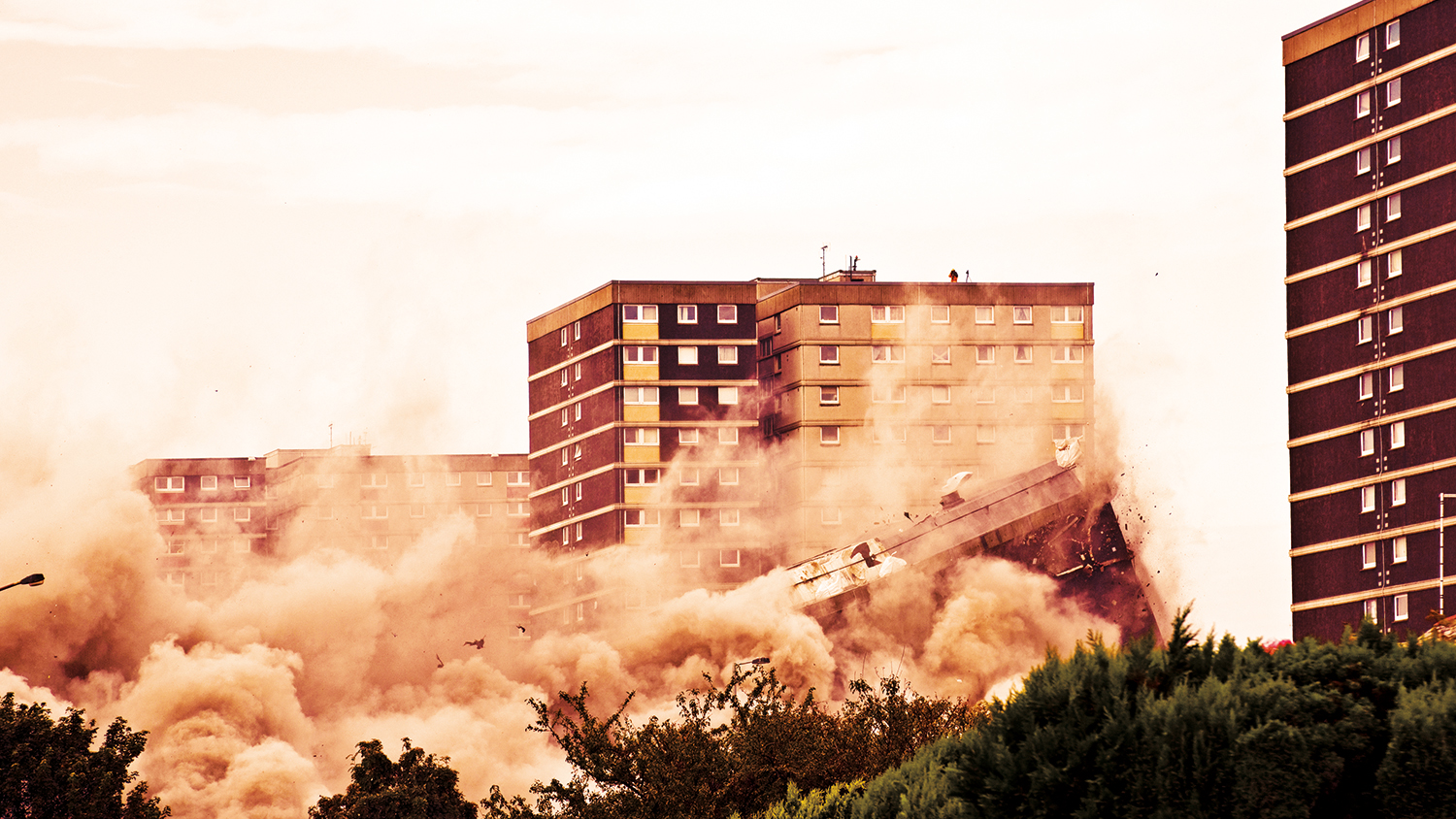
There is no time to lose in following the example of other industries if the built environment is to become truly sustainable, says Mike Kehoe of C&D Demolition Consultants.
Why don’t we design buildings for future demolition? Hopefully, we can agree that we should, but it’s rare that we do. The one major exception is nuclear, where every new building must have a demolition plan for deconstruction in the future.
In contrast, aircraft and motor car industries routinely design and build products for reuse, salvage and ultimately recycling, as I discovered during my recent research for a master’s in sustainable demolition.
Volkswagen claims that between 75% and 80% of new modern cars today can be recycled or reused and diverted from landfill in the future. The aircraft industry adopts a similar approach where a significant portion of an aircraft can be reused and salvaged once it is commercially unviable.
But as a specialist demolition consultancy we have only once been asked to assist in the design of a new-build structure for future demolition. Instead, we continue to store up problems – and wasted resources – for the future.
Take the Shard in London, built over London Bridge railway station and with plenty of other infrastructure built around it. Just imagine the difficulties disassembling or decommissioning it. I am confident there are no slinging bolts installed or areas to remove the glass safely. How do we demolish such an awkward-shaped building where traditional scaffolding would probably not be able to give a safe and secure retention system?
Yet some simple ideas and a plan to demolish the building could have been identified at an early stage and informed the design. And the plan could have included microchipping glass, metal sections and other materials that could be reused.
Circular economy
The technology is certainly there to microchip building products to aid identification and reuse. Demolition is not a dinosaur industry, but one that promotes technical advances. It’s keen to seize the opportunity to promote the so-called circular economy.
The National Federation of Demolition Contractors and the Institute of Demolition Engineers have set up working groups to ensure we are at the forefront of recycling, reuse and diversion away from landfill.
In addition to greater sustainability, reusing materials provides great business opportunities too.
We have started to see some of the first projects where virtually the entirety of the steel structure has been disassembled, checked, given a new code of acceptance and resold back into the UK steel fabrication market, thereby saving vast amounts of expended carbon. The reuse of glass and timber continues to be a significant diversion from landfill.
For design for demolition to be a fully coherent policy, a number of changes need to be made. Government legislation may be needed to force new-build property companies to design so that components can also be reused at the end of a building’s life. Planning regulations can play a big part in driving this agenda.
Collaborative approach
It is also vital that demolition contractors are part of a collaborative approach at the early stages of a project so that we can advise on how materials could be salvaged and dismantled for reuse.
Issuing owners with a safety handover document where demolition has been planned at the conception of the building could provide an incentive.
Bearing in mind we are currently involved in demolishing some city-centre developments built in the late 1990s and early 2000s, it’s feasible that some of those being built today could be obsolete and ready to be demolished in 2050 or 2060. We need to start changing this mindset today.
I don’t want to be too negative – things are starting to improve and a few clients are now seeing the value of producing a sustainable building for future reuse. There are also loud calls for whole carbon assessments to become part of the building regulations. This could drive greater reuse of components which inherently have less embodied carbon.
We have one planet and we do not have finite resources. If we don’t recycle, reuse, upcycle and divert from landfill not only will the demolition and construction industries struggle but, more importantly, so will our planet.
Mike Kehoe is managing director at C&D Demolition Consultants











